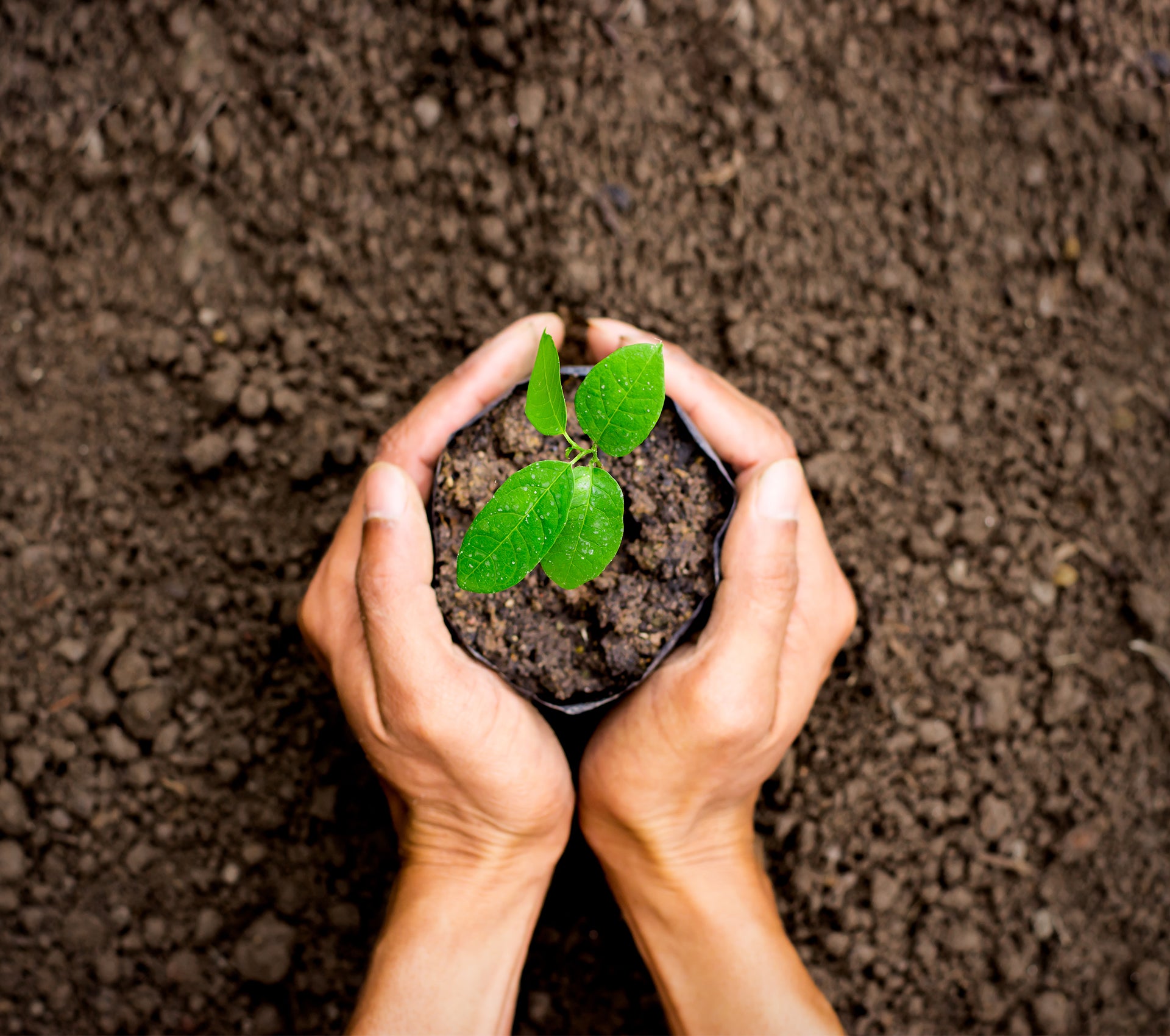For our money, this is simply the best double-flowered nasturtium ever grown. The rounded, bushy, full habit is delightful, the fully and semi-double blooms abundant and beautiful, and the bright green foliage a treat. Fill those patio containers and annual beds with charming Double Delight Cream!
The flowers are so profuse on this compact plant! A soft shade of primrose-yellow to cream, they arise in both fully double and semi-double form, sitting just above the large, rounded, bright green leaves. Some blooms will even sport a hint of pale green -- a little lime zest among the milky cream!
And unlike vining varieties, this nasturtium has a naturally bushy, full habit that works particularly well in the annual garden. Rounded and lush, it looks freshly planted even in late August, and flowers from the first hint of summer weather right through to fall in most climates. Of course it's also a terrific potted plant, reaching just 12 inches high and wide in any sunny spot.
Nasturtium is grown both for its beauty and for its uses as an herb. The flowers and leaves are edible, making beautiful additions to salads and handsome garnishes on the plate. Nasturtium has a peppery bite not unlike watercress (one of its common names is Indian Cress), and is best used in savory dishes.
Like all Nasturtiums, Double Delight Cream is a splendid companion to vegetables in the garden. Not only does it attract beneficial bees to the garden, it helps ward off pests that want to nibble your veggie plants. It protects the Brassica family (cabbage, broccoli, cauliflower, kohlrabi, mustard and collard greens, etc.) especially well from a range of predators, including aphids and squash beetles. It is also useful as a barrier planting around your tomatoes and cucumbers, and some gardeners find it a helpful pest deterrent when ringed around young fruit trees. Just another excuse to grow more beautiful Double Delight Creams!
Nasturtium is easy to grow from seed. Nick or soak the seeds before sowing. Then direct-sow into the garden or the final container in which they will grow, or start them indoors 5 to 6 weeks before the last anticipated spring frost in your area. They need full sun for best flowering; they will grow in part shade, but the blooms will not be as numerous or large. Poor soil often works better than rich for promoting bloom strength.























